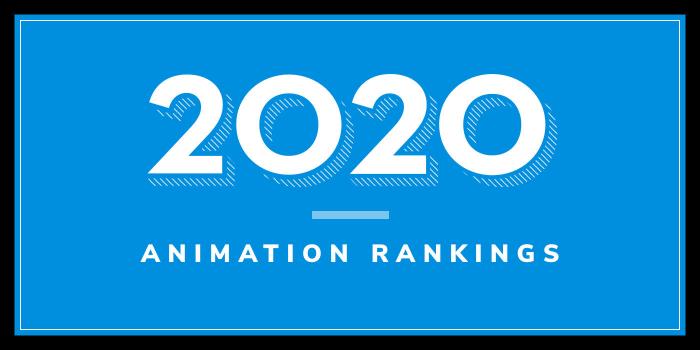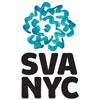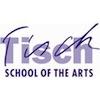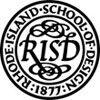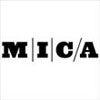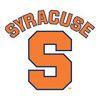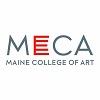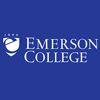The New School was founded in 1896 by American Impressionist William Merritt Chase. Back then, the school was known as The Chase School, and later as New York School of Fine and Applied Art. Today, known as The New School/Parsons, this art and design college serves nearly 6,000 students enrolled in 130 degree and diploma programs across five schools including the School of Art and Design History and Theory, School of Art Media and Technology, School of Constructed Environments, School of Design Strategies, and the School of Fashion.
Program options for animators are offered through the School of Art, Media, and Technology (AMT) and include BFA and MFA degrees in Design & Technology. Pathways include Creative Technology and Game Design. Minors in Immersive Storytelling and Comics and Graphic Nature are also available, as well as a related program—the BFA in Art, Media, and Technology, offered at the Parsons Paris Campus.
According to Parson’s, the BFA Creative Technology pathway “focuses on methods of combining physical computing, creative coding, user experience, responsive environment, and immersion technology for innovative design solutions.” The Game Design pathway “emphasizes the aesthetic aspects of designing games.” It provides a set of tools that grows along with students’ skills and provides them with an understanding of the game design process, from brainstorming to game publication.
Students in the program will visit industry leaders like the Rockwell Interaction Lab, Eyebeam Art and Technology Center, MTV, Nickelodeon, and Curious Pictures. Other industry partners include Apple, Atari, Human Rights Watch, MTV, Siemens, and UNESCO. Students also have access to the university’s extensive libraries, galleries, and state-of-the-art facilities that help students engage their creativity and enable them to showcase their work.
Graduates leave the program prepared for careers in advertising, animation, film, game design, graphic arts, hardware engineering, motion graphics, software design, and virtual reality and immersion experience design.
The full-residency, two-year MFA program is studio based with areas of practice including interaction design, physical computing, game design, new media art, digital fabrication, data visualization, and critical design. In Collaboration Studio courses, students work on real-world projects with industry firms and nonprofits. Past partners include Red Bull, Intel, Apple, Eyebeam, gameLab, Human Rights Watch, Mozilla, NASA, the Red Cross, Samsung, the Whitney Museum of American Art, and the Metropolitan Museum of Art.
MFA graduates go on to establish careers in mobile and application design, Web, UI and UX design, interaction design, new media art, game design, motion graphics, 2D and 3D animation, and digital filmmaking.


